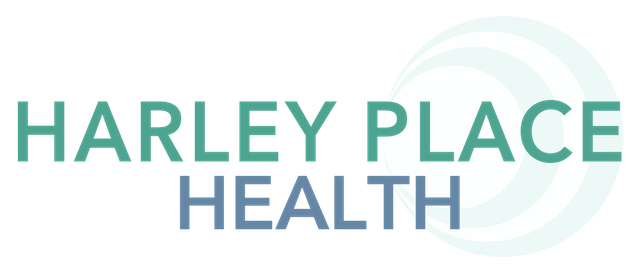HPH Physiotherapist Kenny Merlevede knows a thing or two about rehabilitation and returning to exercise after a break. Literally! He was cycling in Centennial Park recently and while trying to avoid hitting a wayward child on a bike he came off and broke his collarbone. The surgery involved 5 pins being inserted into the collarbone. With the right treatment and rehab approach he was back at work in a little over a fortnight and back to exercise the next week. Here are his thoughts on safely returning to exercise.
We are expecting to be seeing a lot of people with injuries related to the sudden desire to quickly get in shape. Their exercise regime drifted a little over the last few months but with Summer approaching they need to get their bikini body back. Bravo I say! But, we need to temper that enthusiasm/desperation with a little common sense. If you’re trying to fit 6 months worth of training into the next 6 weeks read on.
I think the most common times people get injured is when they start a new activity, or when they make a big change to the amount of exercise they are doing, even if it is something they have done before. To give you an example, if you’ve never included running in your fitness program but start doing so, that’s a time when your body is adjusting to the new stimulus and as such you’re prone to injury. Or if you usually run 5km three times a week but change to 10km five times a week, that’s also a time when you’re prone to injury.
It’s a fine line; you want to push yourself to get fitter, but if you push too hard you can hurt yourself. When you’re exercising, there inevitably comes a time when you will feel a bit of discomfort. When you reach that point you might wonder whether you can keep going and push through it, or if doing so could cause an injury. There is such a thing as ‘good pain’, which is the pain you feel during exercise but in the absence of an injury. Then there’s ‘bad pain’, which is the pain you feel when you have suffered an injury.
How do you tell the difference between good pain and bad pain? In other words, what are the signs that you may have injured yourself and you should stop your workout? Bad pain has the following characteristics:
• The pain you’re feeling is ‘sharp’
• The pain you’re feeling is ‘shooting’, or accompanied by numbness, tingling or pins and needles
• There was a sudden onset of pain
• The pain developed in association with something ‘popping’, ‘clicking’, ‘snapping’ or ‘giving way’ underneath you
What does good pain feel like? Think about when you climb a really tall set of stairs or a steep hill. As you start to breathe harder, you get less oxygen to your muscles. When that happens you start to develop lactic acid. At the beginning you feel almost nothing, then it becomes slightly uncomfortable, then if you’re able to keep going, it becomes really uncomfortable. So we would say that one point of differentiation from bad pain is that good pain has more of a gradual build-up.
The location of the pain is also a clue. Good pain will be generalised to a region, whereas bad pain is quite specific. For example, if you’re ‘feeling the burn’ in your quads from climbing stairs (good pain), then most likely the entire front of your leg will feel it, all the way from your knees to your hips. On the other hand, if you tear or strain your quadriceps (bad pain), the location of the pain will be a lot more specific – you’ll feel sharp pain right at the point of the tear and in a small area surrounding it.
I’m sure you’ve all watched something like the Olympic Games, where you can see prime examples of the two types of pain. For instance, in the 100m when someone tears their hamstring, they grab their leg as if they’ve been shot. They feel sharp, shooting pain that has a sudden onset, the leg gives way underneath them and they’re unable to continue.
Then you see someone in a longer-distance event with a grimace on their face as they push on and on. They’re definitely in pain, but the pain has built up gradually and doesn’t affect their ability to keep running (well, for a while at least). While this is not a nice feeling, this is the ‘good pain’ we’re talking about.
There’s a fine line between pushing yourself and hurting yourself. It just comes down to using a bit of common sense. Build up your training gradually. Warm up a little before going too hard. If something doesn’t feel right, you’re better off missing part of a session and being okay for your next session than trying to get a little bit more done and having to miss the rest of the week.
Stay safe and if you have any questions let me know!






